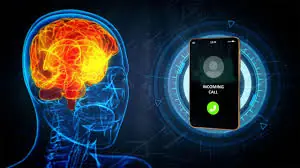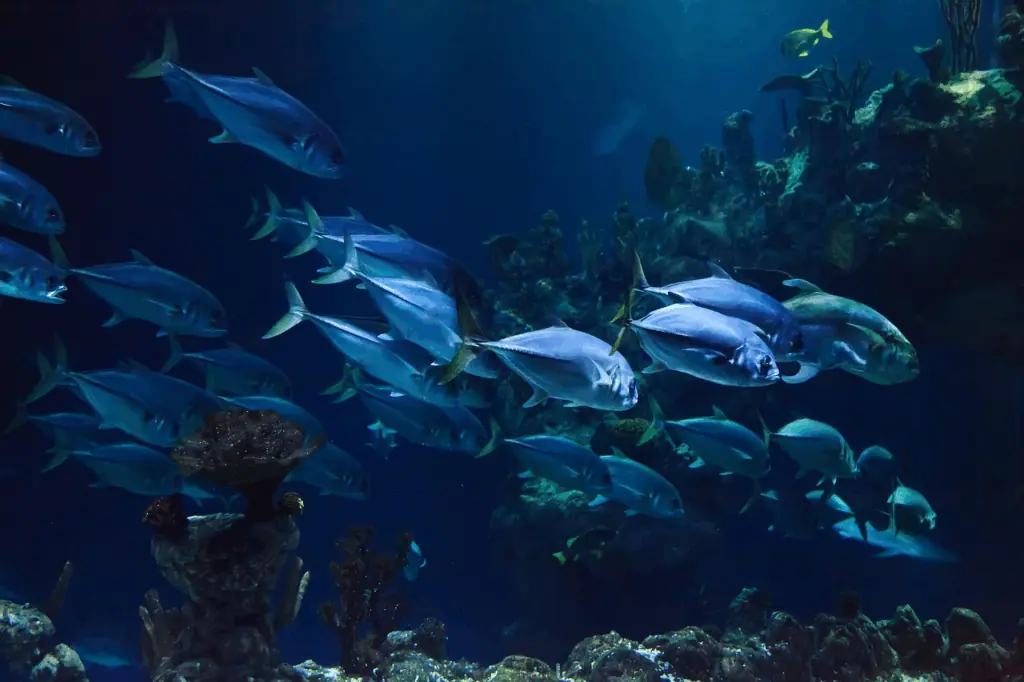
People Stunned After Learning The True Meaning Behind ‘SOS’ — It’s Not What You Think
For decades, “SOS” has been universally recognized as a distress signal, commonly associated with emergencies at sea, natural disasters, or dire situations. Most people assume “SOS” stands for phrases like “Save Our Souls” or “Save Our Ship,” and while these interpretations are popular, they’re not actually true. The real origin of “SOS” is far more technical — and much more surprising.
The term “SOS” originated in the early 20th century, not as a clever acronym, but as a Morse code signal. In 1905, the German government adopted it as the standard international distress call, and by 1906, it was officially established at the International Radiotelegraphic Convention. What made “SOS” ideal wasn’t its supposed meaning — it was its simplicity.
In Morse code, “SOS” is transmitted as “· · · — — — · · ·” — three short signals, followed by three long ones, then three short again. This pattern is unmistakable and easy to recognize, even in poor conditions or when the message is faint. The rhythmic sequence can be picked up quickly by trained operators and is much harder to confuse with other signals.
So, does “SOS” actually stand for anything? The short answer: No. It doesn’t stand for “Save Our Souls,” “Save Our Ship,” or any other phrase. These are examples of backronyms — words or phrases created after the original term became popular, in an attempt to give it meaning. While these phrases make sense in context, they were never the original intent. The true reason for choosing “SOS” was based on its clarity and ease of use in Morse code, not on what the letters might mean.
What’s even more fascinating is how the myth surrounding “SOS” has spread and become widely accepted. Over time, movies, literature, and even school textbooks have reinforced the idea that “SOS” is an abbreviation for a desperate plea for help. The emotional weight of “Save Our Souls” adds a dramatic flair, making it more memorable — even though it’s historically inaccurate.
Despite its origins in Morse code, the use of “SOS” has expanded beyond maritime emergencies. Today, it’s a cultural shorthand for urgent help. People jokingly text “SOS” to friends when they’re in an awkward situation. It’s become a universal symbol of distress, transcending language barriers and cultural differences. The fact that so many people are shocked to learn the truth about its meaning only highlights how powerful urban legends and common misconceptions can be.
In modern technology, the spirit of “SOS” still lives on. Emergency beacons, satellite devices, and even smartphones have “SOS” features. Apple and Android both allow users to trigger emergency contacts by pressing specific button combinations. While the signal itself may no longer be sent in Morse code, the legacy of a simple, unmistakable cry for help remains central to emergency communication systems.
So, why does this revelation matter? It’s a reminder that language and symbols evolve — and that the stories we tell ourselves, even when inaccurate, shape how we understand the world. It also highlights how functionality often takes precedence over meaning. The people who developed the “SOS” signal weren’t trying to be poetic; they were trying to save lives with a code that couldn’t be misunderstood.
In the end, the real story of “SOS” is not one of hidden meanings, but of practical brilliance. It may not stand for anything, but it has come to mean everything in times of crisis.
News in the same category


James Webb Telescope Uncovers Shocking Update on $10 Quintillion Asteroid Psyche

RFK Jr. Raises Concerns About 5G Health Risks: Brain Function, EMR, and Cancer Link

Scientists Reach Bottom Of The Red Sea — What They Found Left Them ‘Shaken’

Taste The Toxin? Shocking Lawsuit Targets Skittles Over Alleged Toxic Ingredient

Antarctica Ice Sheet Grows for First Time in 30 Years, Surprising Scientists

‘Japanese Baba Vanga’ Predicts Mega-Tsunami in July 2025 — Warns of a ‘Boiling Sea’ South of Japan

300,000 Americans On Edge As Massive 11,000ft Volcano Shows Signs Of Imminent Eruption

Wildlife Photographer Captures Alligator With No Bite – Internet Baffled How It’s Still Alive

Scientists Stunned By 3.5 Billion-Year-Old Crater Holding Earth’s Earliest Secrets

Massive 100-Mile-Long Lake Mysteriously Reappears 130 Years After Vanishing

Persistence Hunting: How the San People of the Kalahari Master the Art of Endurance

Halley’s Comet Is Back, But This Time, It’s Raining Fire

Greece Rocked By Massive Earthquake As Tsunami Warning Sparks Panic

Sun Unleashes Monster Flare As Scientists Say Earth Could Be Hit By Massive Solar Storm Tomorrow

Modern House Fires Burn Faster: Why You May Have Only 3 Minutes to Escape

Could the Sahara Desert Power the Entire World with Solar Energy?

Drunk Bees? How Fermented Nectar Affects Honeybees in Australia

How Small Earth Is in the Universe—And Why That Should Inspire Us
News Post

Recognizing Mini-Stroke Symptoms: A Crucial Step in Stroke Prevention

Experts Reveal 3 Warning Signs of Lip and Nail Cancer You Shouldn’t Ignore

Doctor Warns About the Risks of Not Washing Your Hair Regularly

8 Foods That Are Natural Enemies of Tumors – Make Sure to Eat Them Regularly

Medical Experts Warn: 4 Early Morning Signs That Cancer Cells May Be Attacking Your Body

"On the Brink of Cancer: 5 Warning Signs Your Body Sends — Unusual Pain, Persistent Cough? See a Doctor Before It’s Too Late

The Real Reason Empire State Building Was Built Using Bricks From A Tiny British Town

James Webb Telescope Uncovers Shocking Update on $10 Quintillion Asteroid Psyche

RFK Jr. Raises Concerns About 5G Health Risks: Brain Function, EMR, and Cancer Link

🍊 Detox Naturally: The Surprising Power of Tangerine, Walnuts & Ginger

Boost Your Health with These 2 Powerful Juice Recipes

My SIL Did a DNA Test for My Daughter Behind My Back — When I Learned Her Reason for This, I Went Low Contact with My Brother

My MIL Demanded I Leave My Own Home During the Birthday Party I Organized for Her – She Didn't Know How Big a Mistake That Was

My Daughter-in-Law Suddenly Started Calling Me 'Mom' After Years of Coldness – I Found Out Why, and I Didn't Let It Slide

My Fiancée Wore a Black Dress to Our Wedding – When I Found Out Her Reason, My Life Was Never the Same

Covid origin FINALLY revealed in bombshell study…and it might not have been China after all

My DIL Forbade Me from Attending My Grandson's First Baseball Game – I Learned the Real Reason and Froze

Once You Learn This, You Will Never Throw Avocado Pit Away
